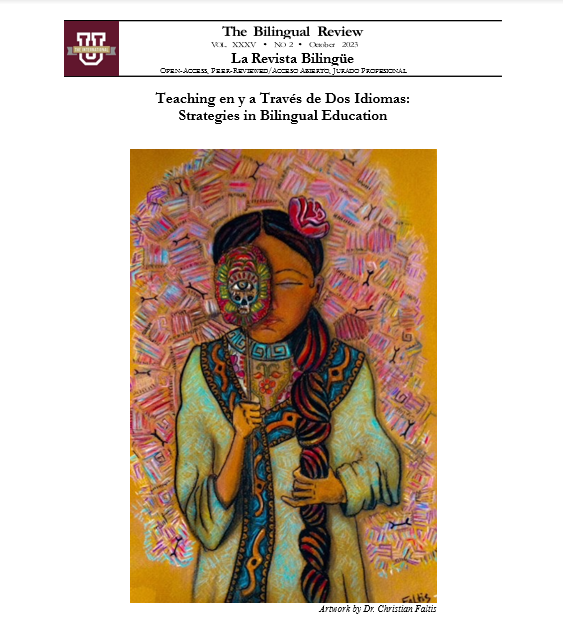Linguistic Intolerance
The (e)Spanglish Debates
Abstract
“Spanglish” is a hotly debated and widely misunderstood term, even more than 70 years after the word first appeared in a Puerto Rican newspaper article, “Teoría del Espanglish,” by Salvador Tió on October 28, 1948. What does it refer to—a mish-mash of two languages, or a third language, or a style of speaking? Who uses it—proficient or deficient bilinguals? Is it a positive or negative label– are we harming speakers by using the term? These questions become more relevant as the 62 million Latinus (the universal u is my preferred inclusive gender marker) in the USA are en route to becoming the largest ethnic group in the country by 2045, when there will be no racial majority. But U.S. Latinus are very diverse: although 62% are of Mexican background, a total of eight countries each have over one million representatives, and another eleven countries have more than 75, 000 each. Latinus also differ in their views: a 2019 Pew Foundation study found the majority (54%) did not prefer the Hispanic or Latino label; 47% identified with their country of heritage (76% had not heard of Latinx and only 3% used it). And although all generations believed speaking Spanish was the most important part of their identity, that was true for a slight majority of the foreign born (54%); only 44% of the second generation and 20% of the third generation and beyond chose Spanish as most important.






